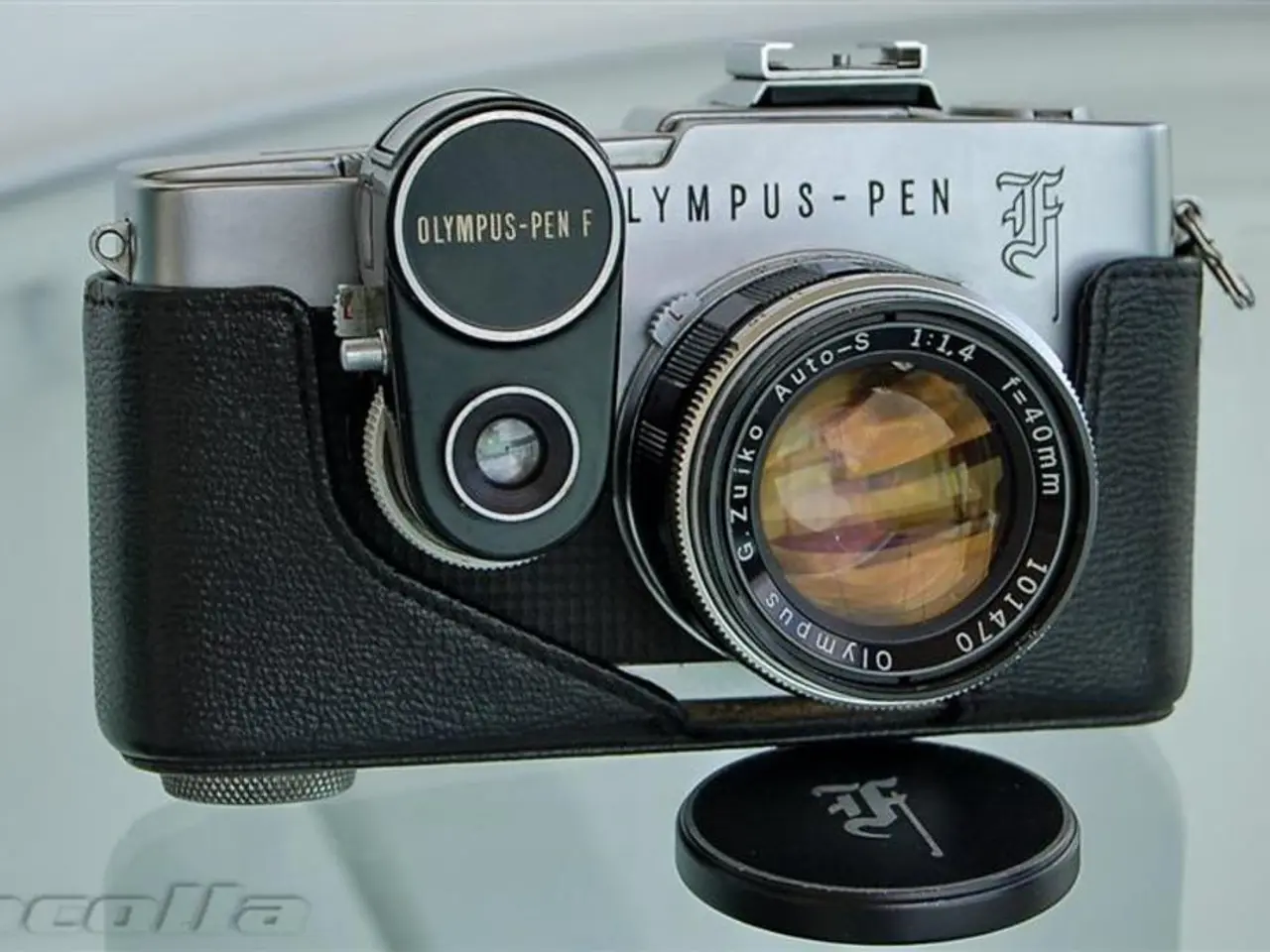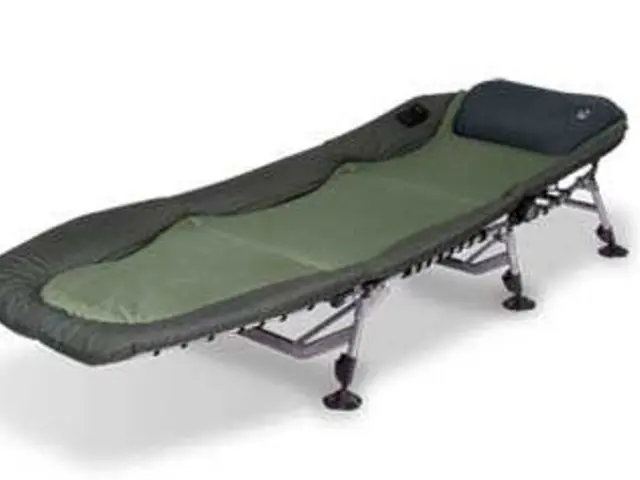Review of Olympus OM-D E-M1 Mark III Camera
The Olympus OM-D E-M1 Mark III is a compelling choice for photographers seeking high-quality imagery in a small and affordable package. This Micro Four Thirds camera, with its impressive features and compatibility with a wide range of lenses, has earned a reputation among underwater photographers.
Key Features of the E-M1 Mark III
- 20.4 Megapixel Live MOS Sensor: Delivering sharp and detailed images, the E-M1 Mark III's sensor ensures that your underwater shots are packed with vibrant colours and fine details.
- 121-point Cross-type Phase Detect AF System: This advanced autofocus system ensures fast and accurate focusing, even in challenging underwater conditions.
- 5-axis Image Stabilization up to 7 stops: This feature helps to reduce blur caused by camera shake, making it easier to capture sharp images even in low-light situations.
- Rugged Build: The E-M1 Mark III is weather-sealed, making it a reliable companion for underwater photography.
Recommended Lenses
For wide-angle shots, the Olympus 7-14mm Pro lens and the Panasonic 7-14mm are recommended. For fisheye photography, the Olympus 8mm F/1.8 Pro Fisheye and the Panasonic 8mm F/3.5 Fisheye are popular choices. For macro photography, the Olympus 60mm macro lens is a great option.
Underwater Performance
The E-M1 Mark III performs well underwater, with better autofocus accuracy compared to the OM-D E-M5 Mark III. However, the white balance could be improved in underwater video. The details come out really nicely in 4K, making it a good option for casual 4K video. It's definitely better than a GoPro.
Housings for Underwater Use
Two notable housings for the E-M1 Mark III are the Ikelite E-M1 Mark III Housing and the Nauticam E-M1 Mark III housing. The Ikelite housing features a Dry Lock Micro port system, making it small and easy to travel with. The Nauticam housing, on the other hand, is a high-quality aluminum housing offering full camera control. Both housings include options for vacuum monitoring systems and built-in leak detection.
Comparison with the OM System OM-1 Mark II
While the OM System OM-1 Mark II offers meaningful upgrades for underwater use, particularly in autofocus and image processing, the E-M1 Mark III remains a robust choice due to its dedicated underwater compatibility and proven performance in this niche.
Alternatives in the Market
Alternative mirrorless systems from Canon, Sony, or Nikon offer larger sensors (APS-C or full-frame) which generally deliver better image quality and low-light performance. However, these systems usually require bulkier, more expensive underwater housings and lenses, making them less convenient for many underwater applications due to size and weight.
In conclusion, the Olympus OM-D E-M1 Mark III is a versatile and capable choice for underwater photography. Its compact size, affordable price, and dedicated underwater compatibility make it a favorite among underwater photographers. Whether you're a seasoned pro or a casual enthusiast, the E-M1 Mark III offers a great balance of features and performance for your underwater adventures.
Read also:
- IM Motors reveals extended-range powertrain akin to installing an internal combustion engine in a Tesla Model Y
- Amazon customer duped over Nvidia RTX 5070 Ti purchase: shipped item replaced with suspicious white powder; PC hardware fan deceived, discovers salt instead of GPU core days after receiving defective RTX 5090.
- GPS Tracking System Unveiled by RoGO Communications for Wildland Firefighting Operations
- Kobo e-readers are no longer receiving support from Pocket moving forward






